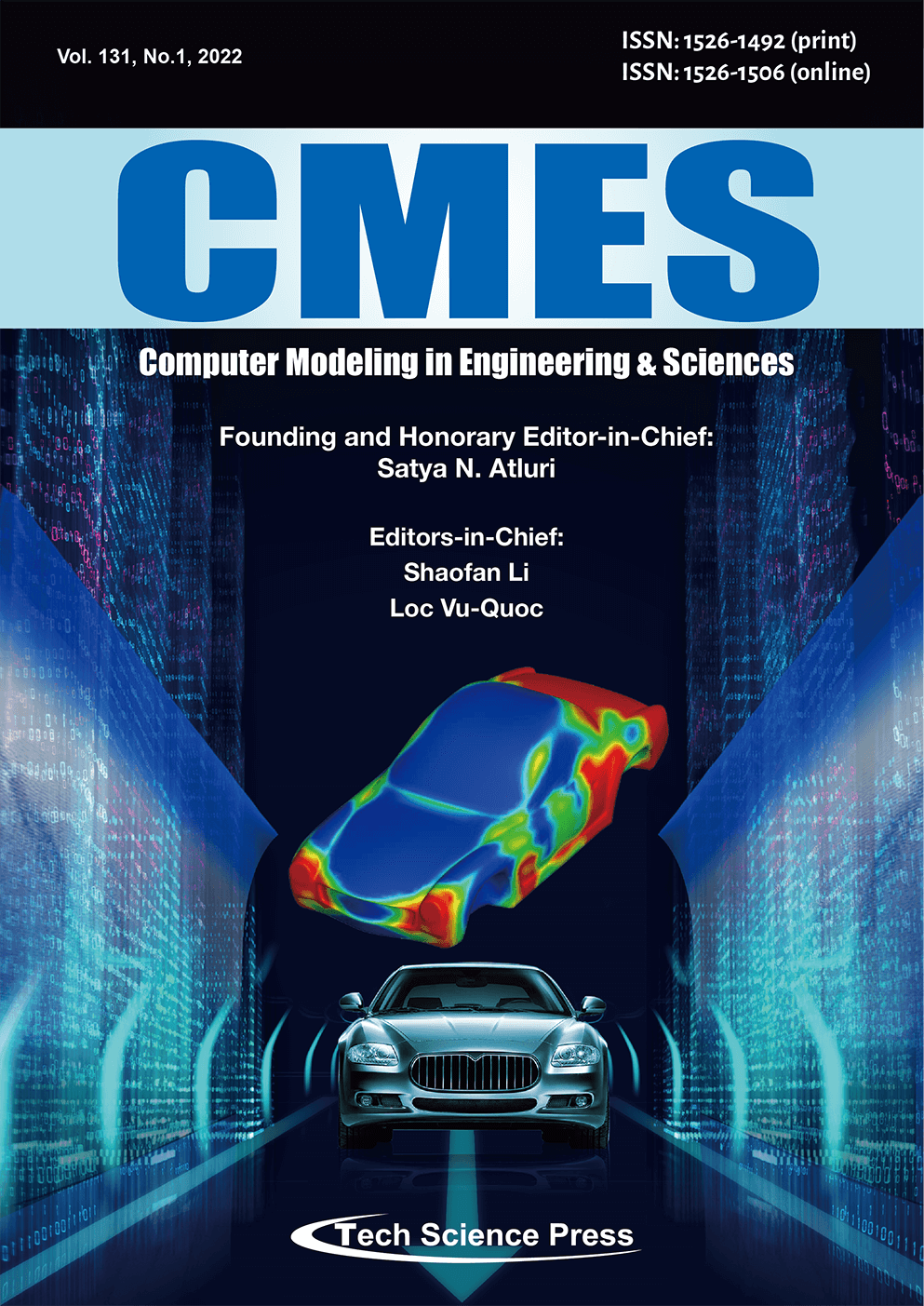
Aiming to reduce noise pollution level, this work proposes a novel method of rationalizing the layout design of sound-absorption materials adhered to structural surfaces. The isogeometric boundary element method is applied to perform acoustic analysis directly from the Computer-Aided Design models which are built by Catmull-Clark subdivision surfaces. Based on the acoustic simulation and sensitivity analysis results, we employ the density-based topology optimization method to optimize the distribution of sound-absorption materials. A car model is used in the numerical example to demonstrate the effectiveness of the present method.
View this paper


 Submit a Paper
Submit a Paper Propose a Special lssue
Propose a Special lssue